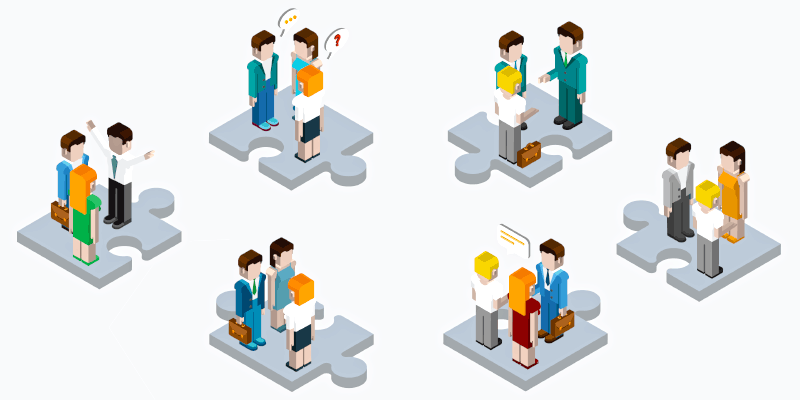Seema is a new entrant into the role of a Product Manager. She had been a developer for about 3 years prior to taking on this new role. Several folks she spoke to encouraged her to take on the new challenge and experiment.
The company she is working for is an established enterprise in virtualization and cloud technologies for over 25 years. Their products and services address a vast market in several domains such as education, health, large, medium and small businesses.
Seema was excited as a new product manager in one of the server virtualization groups. She was confident having worked in the same space as an engineer. During her very first “tech days” meet, a world-wide 4 day event hosted by the company, she felt energized and engaged while talking and meeting with engineering, sales, marketing and support teams around the world. She also met and spoke with several customers who shared various insights from their experiences and association with the product she was now responsible for.
Seema realized that this was an excellent opportunity to get to know her stakeholders and begin gathering inputs and feedback for next versions of the product. Her new manager, the product director, had asked for her inputs post the meet to begin building the next 6-month roadmap and she was expected to summarize her findings from the meet, begin sharing insights with engineering teams and start outlining the roadmap.
By the end of the 2nd day of the meet, she had met over 22 people and with 2 more days to go, she had even more to meet. She began feeling overwhelmed and was worried about what to do next and how she would handle the situation going forward.
What are some insights you can share with Seema to help her get started and be happy in her new role?
Suggested Solution:
Seema is interacting with a diverse set of stakeholders, each one having their own views on the product, its strategy and what their priorities are.
A stakeholder management approach would help her begin to understand and manage her stakeholders.
Here are steps to help her get started –
- Start with these questions
- Who are the potential beneficiaries?
- Who might be adversely affected?
- What is at stake? What are their expectations?
- What are the roles played by various stakeholders?
- What are the relationships among the stakeholders?
- What information do they need?
- Use these approaches in conversations
- For engineering – The what and why of the product (refrain from the how)
- For sales – how can they sell the product & make money. Substantiate with evidence to support the sales plan. Gather what they tell you as they are the frontline to customers.
- For Marketing – Start collaborating early, tell them the product story.
- For Customers – understand what are a customer’s pains, challenges, frustrations & obstacles when getting using the product and what are the gains, benefits, aspirations met when the product gets the job done. Capture these in conversation notes.
- Collate the information from conversations in a stakeholder register.
- Use the register regularly to schedule meetings, update and collate insights of various stakeholders.

